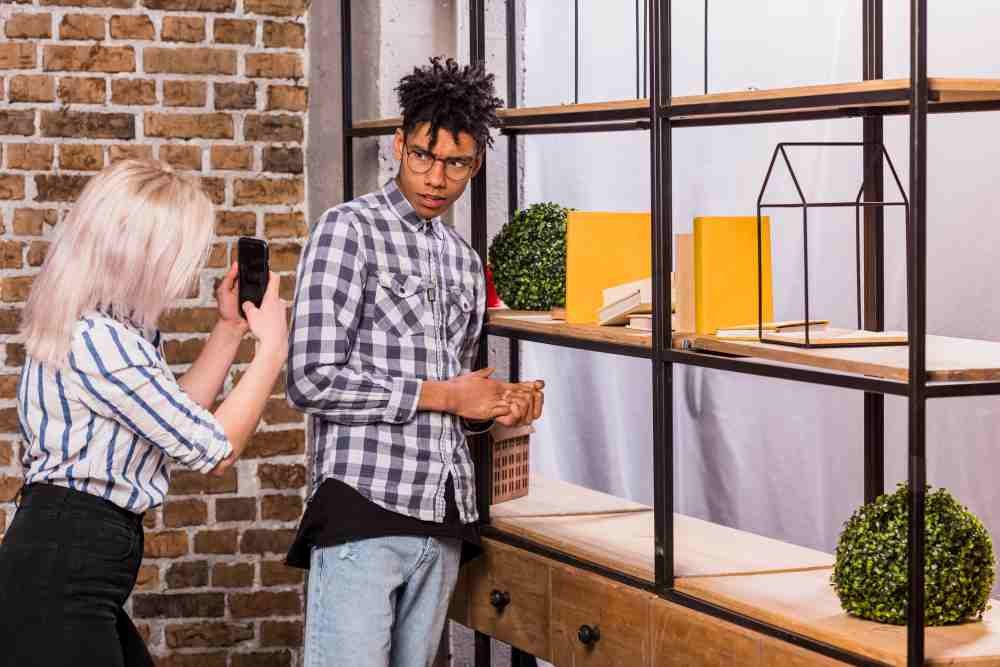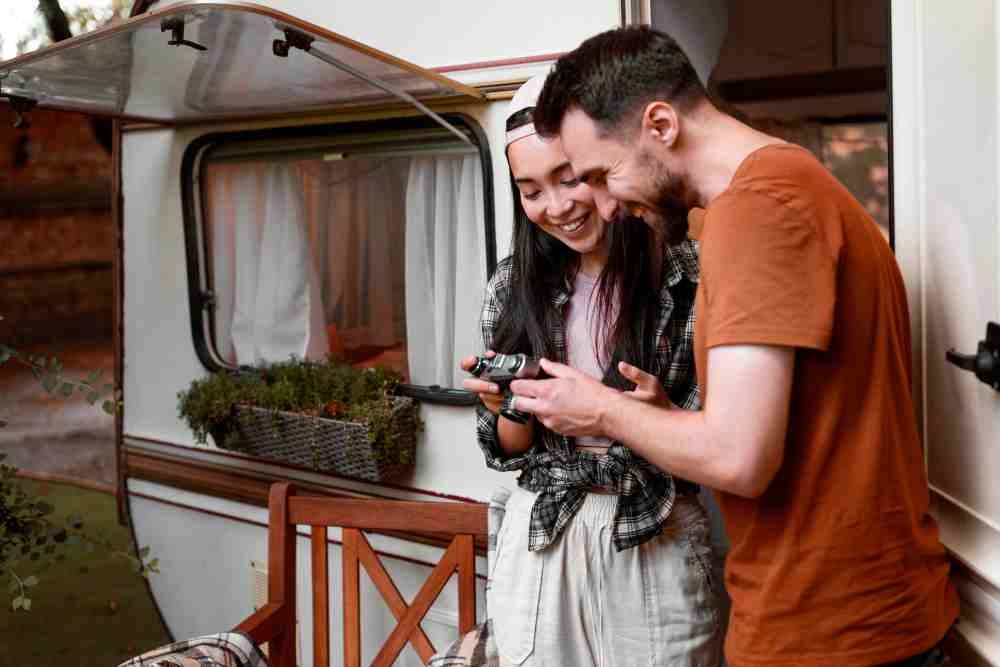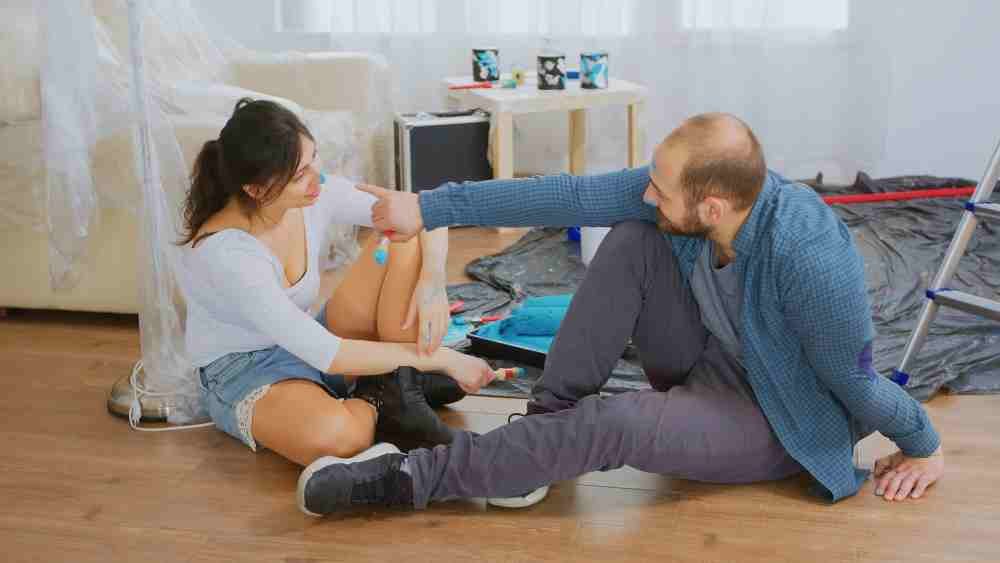Let’s be honest—nothing breathes life into a space quite like greenery. But not everyone has the time (or patience) to keep real plants alive. That’s where artificial plants for home decor come to the rescue! They’re low-maintenance, allergy-friendly, and always look picture-perfect. But here’s the catch—not all fake plants are created equal. Some look stunningly real, while others scream plastic from across the room. If you’ve ever picked up a faux plant and thought, “Hmm… this could work,” only to bring it home and instantly regret it, you’re not alone.
So how do you find realistic artificial plants that truly elevate your home interiors? Grab your coffee—we’re diving into the ultimate guide to choosing faux greenery that looks anything but fake.
Why Go for Artificial Plants in the First Place?
Before we get into the nitty-gritty, let’s address the obvious: why choose artificial plants at all?
Here are a few solid reasons:
- No watering, pruning, or worrying about sunlight
- Great for pet owners (no toxic leaves!)
- Perfect for dark spaces like bathrooms or hallways
- Allergy-friendly—no pollen or spores
- Long-lasting beauty without fading or wilting
Artificial plants allow you to enjoy the calming vibe of nature without the upkeep. That’s a win in our book!
- Start With the Right Materials
If you want your fake plants to look real, materials matter—a lot.
✅ Best Materials:
- Silk: Known for a soft, natural look. High-end silk plants are often hand-painted for realism.
- Polyester blends: Often used for leaves; can be shaped for a natural appearance.
- Latex or rubber: Provides a flexible, lifelike texture, especially in succulents or tropical plants.
- Plastic: Good for certain types of greenery (like ferns or grasses) but must be matte—not shiny.
💡 Pro Tip: Avoid overly glossy or thin plastic leaves. They look fake from a mile away.
- Pay Attention to Details (Leaves, Stems, and Color)
The devil is in the details. When you’re shopping for artificial plants, look closely at the following:
🌿 Leaves
- Do they have veins?
- Are they varying shades of green?
- Are the edges irregular or curled like real leaves?
🌱 Stems
- Look for texture and natural bends.
- A straight, stiff stem is a red flag.
🌈 Color
- Real plants have natural imperfections. Slight yellowing or a mix of greens makes your plant feel more real.
- Avoid plants that are uniformly green or overly saturated.
💡 Pro Tip: Look for plants with slight discoloration or imperfections. They’re often more believable than those that are “perfect.”
- Size and Scale Matter
Buying a tiny plant for a large corner? That’s a decor mismatch.
Think about:
- Room size
- Furniture height
- The visual balance of your space
For example:
- A tall ficus or fiddle leaf fig works beautifully in a spacious living room.
- A small trailing ivy or succulent is better suited for shelves, mantels, or desks.
💡 Rule of Thumb: Artificial plants should fill the space they’re meant for—without overwhelming it.
- Choose the Right Type of Plant
Some fake plants naturally look more realistic than others.
✅ Best Types for Realism:
- Fiddle leaf fig (in high-end latex or silk)
- Snake plant
- Pothos
- Succulents (with a matte finish)
- Ferns
- ZZ plant
These varieties have simple, bold shapes and natural symmetry, making them easier to replicate realistically.
⚠️ Trickier Options:
- Orchids (can look plasticky)
- Bamboo (easily appears too uniform)
- Certain flowering plants (petals often look too stiff)
- Don’t Forget the Pot
The pot or planter is the finishing touch—and often the biggest giveaway.
🌿 Best Practices:
- Go for ceramic, terracotta, or woven baskets over cheap plastic containers.
- Add real soil, moss, pebbles, or bark around the base for authenticity.
- Choose pots that complement your decor style—boho, minimalist, rustic, etc.
💡 Pro Tip: Re-pot your artificial plant into a real planter to elevate the look instantly.
- Shop From the Right Brands or Stores
You don’t have to spend a fortune, but some brands really nail the realism factor.
🛒 Where to Shop:
- IKEA (budget-friendly and surprisingly natural)
- West Elm or CB2 (modern and stylish)
- Nearly Natural or Silk Plants Direct (lifelike options online)
- Target (great mid-range finds)
- Local decor boutiques (they often curate quality items)
If shopping online, always check:
- Customer reviews
- Photos from buyers
- Return policy
- Touch It—If You Can
Whenever possible, visit a store and touch the plant. This gives you a feel for the texture and flexibility.
If it feels:
- Too rigid or stiff – not ideal
- Sticky or plasticky – skip it
- Soft, bendable, with some give – good sign
Can’t shop in person? Look for descriptions like:
- “Real-touch”
- “Textured finish”
- “Hand-painted detailing”
- Style It Like the Real Thing
Even the most realistic fake plant can look weird if you don’t style it properly.
Here’s how:
- Bend the stems: Most faux plants have wired stems—don’t leave them standing upright like soldiers.
- Group plants together: Cluster a few smaller plants for a fuller effect.
- Mix with real elements: Place faux plants next to real wood, stones, or books to ground them.
- Add height and layers: Use plant stands, hanging planters, or shelves to vary the display.
💡 Styling Hack: Pair real and artificial plants in the same room to confuse the eye and boost realism.
- Keep It Clean
Yes, even fake plants need TLC.
Dust builds up quickly and makes even the most beautiful artificial plants look cheap.
🌿 Cleaning Tips:
- Use a microfiber cloth or soft brush to dust regularly.
- Spray with a gentle mix of water and vinegar or mild soap for a deeper clean.
- Don’t soak or use harsh chemicals—they can damage the material.
- Update With the Seasons (Optional but Fun!)
Want to keep things fresh? Rotate your artificial plants for home decor based on the seasons.
Examples:
- Spring: Add flowering faux branches like cherry blossoms or eucalyptus stems.
- Summer: Think palm leaves, monstera, or tropical vines.
- Fall: Go for warm-toned leaves, faux pumpkins, or dried pampas grass.
- Winter: Add faux evergreens, pine cones, or subtle twinkle lights.
It keeps your space from feeling static—and lets you have a little decor fun.
Final Thoughts: Go Faux, But Do It Right
Choosing realistic artificial plants for home interiors is both an art and a science. It’s about combining the right materials, details, and styling techniques to bring the outdoors in—without any of the mess.
Remember:
- Focus on natural textures and imperfections
- Choose the right size and type for your space
- Invest in quality over quantity
- Keep them clean and styled
Done right, artificial plants can add warmth, color, and life to your home—and no one will know they’re not real (unless you tell them).
So, go ahead—green up your space, stress-free.
For more, visit our website Home Threads







